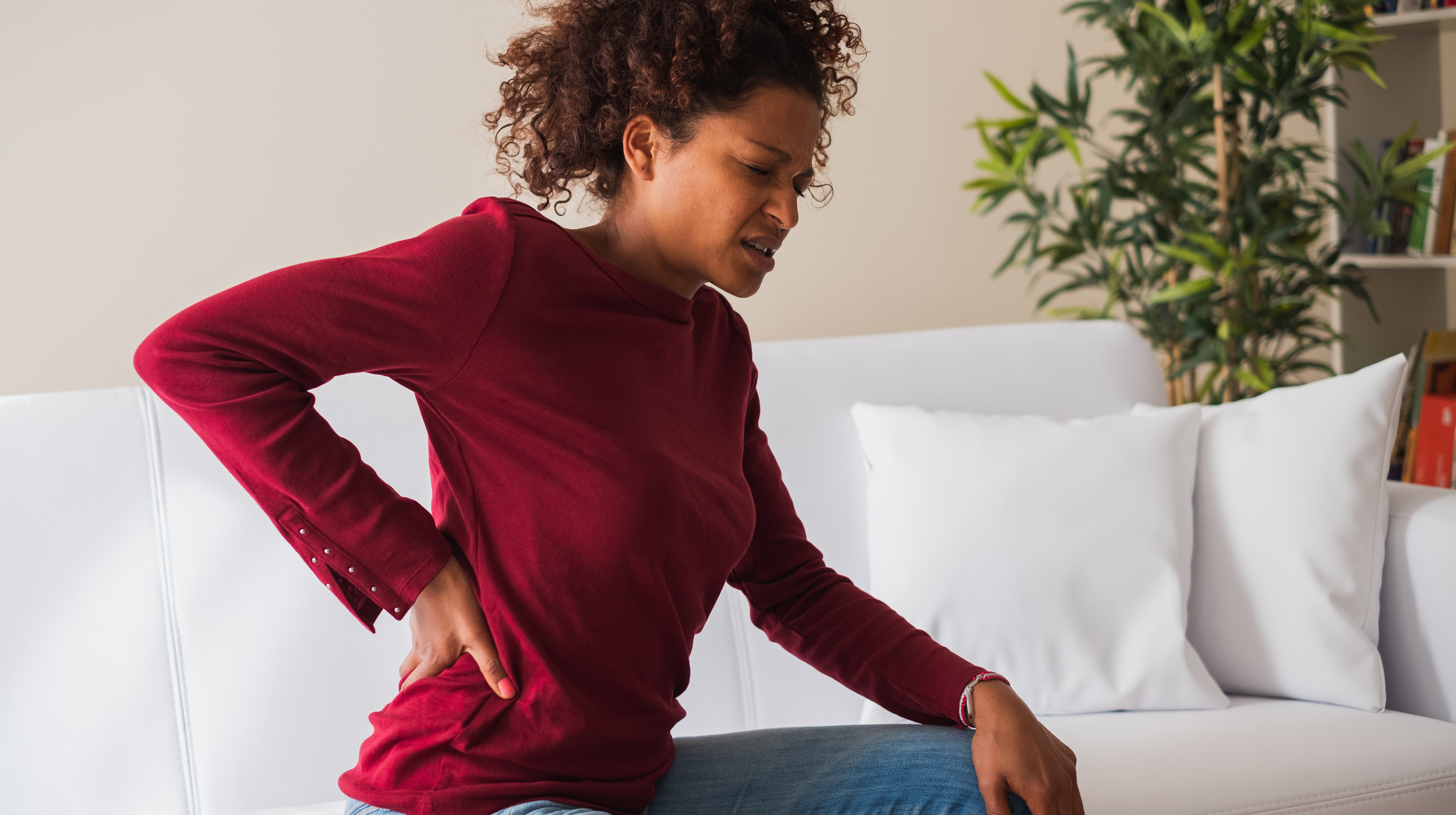3 Things You Can do to Fight Chronic Pain
Oct 22, 2020 mindpumpMost Americans suffer from chronic pain. In fact the latest research says 100 million Americans suffer from it daily. That is no small number. Chronic pain is a pain that subsists over a longer period of time (think low back issues, shoulders, knees, hips, feet, etc.). Back in the day, we used to get chronic pain due to overuse from working in hard labor. These days the problem is more likely due to LACK of activity. That’s right. All that sitting we do all day. Don’t think just because you workout for an hour every day, that you’re exempt either. What are you doing the other 23 hours of the day? Chances are, you are probably spending more time doing nothing than doing something.
We need the right kind of movement to help alleviate that pain. It’ll help our bodies function properly, as well as increase our quality of life. Here are 3 things you can do to fight chronic pain.
Improve Overall Mobility
Mobility is the ability to move through a range of motion with full control. Without this, you overcompensate by using muscles and areas of the body that aren’t meant to take on that extra load (i.e. when you lift something off the ground and tweak your lower back). It’s also a sign that your body is telling you something is not right.
We need to figure out the optimal movement patterns so that our body tracks properly in a way, so you won’t fall back into that same injury. A lot of people think if they just stretch a lot that’ll fix the problem. That’s really only the first step. If you can’t handle resistance throughout that full range, you are just putting yourself at a greater risk for injury.
Stretching, foam rolling, massages, tell your central nervous system to quiet the pain signal in the aggravated area. It’s basically giving you a window of opportunity where you won’t feel your usual pain. We need to capitalize on this. By incorporating mobility drills afterwards, we groove a new, and PROPER movement pattern, teaching the muscle to function the way it SHOULD be. Adding some light resistance will make sure it maintains that stability and control throughout the full range.
Example – Doing a hip flexor stretch will help loosen up your tight hip flexors, so that now you can do mobility and strength drills to activate your glutes, and hamstrings so that your hip flexors aren’t over activating all the time which can cause low back pain. Working on this range daily will prevent you from falling back into the same issues in the future. Find the source of the problem, don’t just put a bandaid on it with stretching.
Diet & Inflammation
Cut out foods that cause inflammation, bloating, and indigestion. You can either eliminate them one by one, or try fasting for 24 hours and see how you feel doing some movements throughout your day. Make sure you keep yourself properly hydrated. Your cells are made of water, and we want to keep our joints lubricated constantly to support our structure.
For a lot of people, if they are inflamed, they are not moving properly and thus once again grooving the wrong movement patterns. For instance, if your gut is inflamed, you may not be able to activate your glute as well as if you were 100% healthy. Processed foods, and overeating can all lead to high inflammation. Focus on eating foods high in Omega 3’s (fish, olive oil, etc) to help bring the inflammation down.
Optimize Sleep
People who are mildly sleep deprived have been shown to perceive more pain. Not only that, but their inflammatory markers go up with less sleep. When you are sleeping it is your body’s chance to repair broken down tissue, and clean out any waste products and inflammation you’ve accumulated throughout the day. If you don’t give yourself enough time to do so, you are limiting your recovery.
Poor sleep also leads to poor eating choices. Your cortisol spikes causing you to crave high sugar items in order to bring your cortisol and stress back down to normal levels. Everyone promotes a morning routine, but what about a sleep routine?
Try this: 2 hours before bed, make sure to either turn off all electronics, or wear blue light blocking glasses. This helps tell your brain that it is night time and that your melatonin needs to increase (and cortisol decrease) to get ready for bed. If you have blue light constantly in your face, your body will not get this signal. Make sure to get sunlight during the day so your body can reset it’s circadian rhythm.







